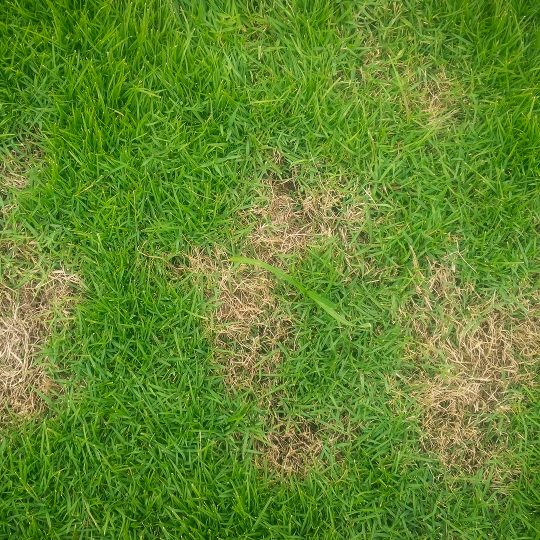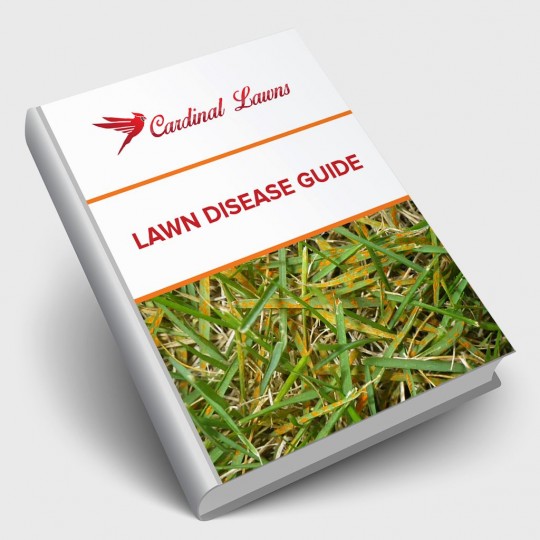Lawn Disease: Pythium Blight
How to Spot, Prevent & Treat
Posted
November 2, 2017

Even though the summer sun isn’t as strong these days, the weather can still turn unseasonably warm and cause damage to your lawn. Pythium blight typically effects grass in the highly humid days of summer when temperatures reach the 80s and then dips about 20 degrees at night. This shock to the root system is also known as spot blight or cottony blight, and targets more cool-season grasses. There are ways of helping to prevent pythium blight from showing up in your lawn, and treatments for when it starts to spread.
Preventing Pythium Blight
Taking care of your lawn is important in any season since weather patterns can change the way the grass grows. Here are a few ways to help prevent pythium blight from growing throughout your lawn.
1. Controlling water level. This type of lawn disease is more likely to occur during humid months when standing water is left on the grass for more than a day. The grass starts to rot from the roots through the blades giving the grass an oily feel. You may even notice a cottony looking growth in the area—cottony blight. When the grass dies, it leaves a brown spot—spot blight.
To control the water level, your lawn needs deeper, less frequent watering and better drainage for rain water. When you do water, do so in the morning so it has time to dry.
2. Promote air circulation. Aerating your lawn will not only help with drainage, but it will help air circulate more freely. Keep your trees and bushes trimmed to allow air to flow and sun to reach the foliage and ground; thus, drying out the grass.
3. Proper mowing techniques. Don’t mow your grass when it’s wet. This could spread blight spores around your lawn. Try not to even walk in wet grass since you can then carry those spores along with you.
Treating Pythium Blight
If you see the spots and other signs of this lawn disease, you can help prevent it from spreading with fungicides. Continue to use the preventive measures until the weather cools. Then the affected area can be reseeded. For safe and effective application of any fungicide, it’s best to contact a lawn care professional.
Remember, healthy grass is more resistant to disease. If you properly care for your lawn with the right watering, mowing, and fertilizing techniques, you’ll be well on your way to enjoying a beautiful yard.

Download Your FREE Lawn Disease Guide
Even the most manicured landscapes are susceptible to lawn disease. Take some time to learn about identification and removal before one takes over your lawn. This handy guide teaches you how to spot common lawn diseases as well as how to properly treat them.